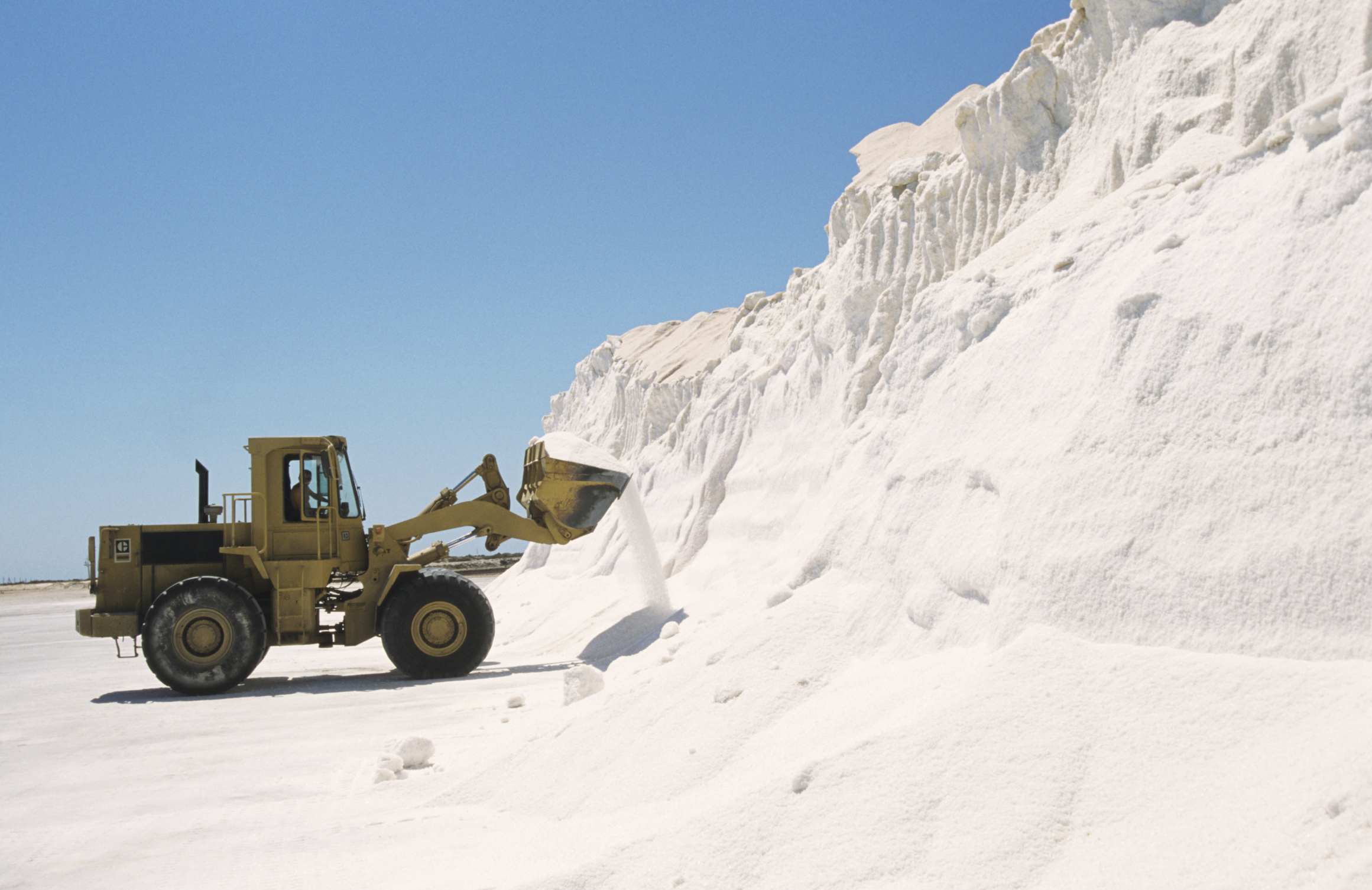
Be a bulldozer.
Sometimes colleague say to me, “Here’s my list of projects. How can I possibly get all this done?” My answer? Be a bulldozer.
Of course, there are several ways you could interpret that. A bulldozer is an incredibly powerful piece of machinery. It has the capacity to shift a huge load from point A to point B. If something is in its way, a bulldozer will simply move it. When I say, “be a bulldozer,” I don’t mean you should flatten whoever or whatever is in your path to get the job done.
Have you ever seen a bulldozer in operation? A bulldozer works at peak efficiency when its load is overflowing. Watch and you’ll see how it’s always losing a little off the sides. The bulldozer operator doesn’t bother to stop and try to scoop up the overflow. That would be an enormous waste of time.
When I say, “be a bulldozer,” I mean you shouldn’t worry about being a little overloaded. Think of it as an excellent way to make sure that you’re spending your time and energy on the most important things. When a bulldozer isn’t overflowing, it’s actually underutilizing its power. It’s the same with people. If you keep your load too light, you’re probably not using your gifts and abilities to their highest capacity.
So if your load feels a little too heavy, try to see it as a good thing – as an opportunity to maximize your potential. Focus in on your highest priorities. Yes, some tasks and projects will fall to the side. But if you’re prioritizing right, what gets dropped won’t be anything critical. If it is really important, you can always get it moving again on the next load. You may even realize that what gets dropped is a task you shouldn’t be doing anyway.
Keep in mind that even a bulldozer needs to stop and refuel, so make sure you have margins in your life for rest. And if the load is really unmanageable, you may need to ask for help. Two bulldozers are often better than one.
Tags: business, leadership, priorities, time management




 Visit or contact us at:
Visit or contact us at:

Tim
Great point, if you push to much the bulldozer stalls out and you get nothing done. Every illustration breaks down at some point. I would say that the number is where around 20-30%. I don’t think work left behind is right either. I think that there is a lot of stuff that should simply not be done because it is not important and so just fills available time and secondly there is some stuff that other should or could do.
Great insight Leonard! How much overload would you say is the optimum level? For example, how much overflow should there be for the bulldozer to operate at it’s peak? Does 10% of the dirt get left behind? 50%?